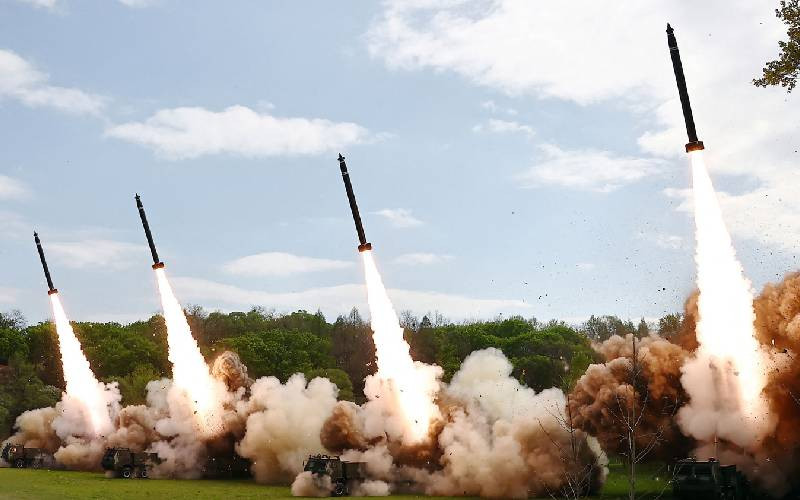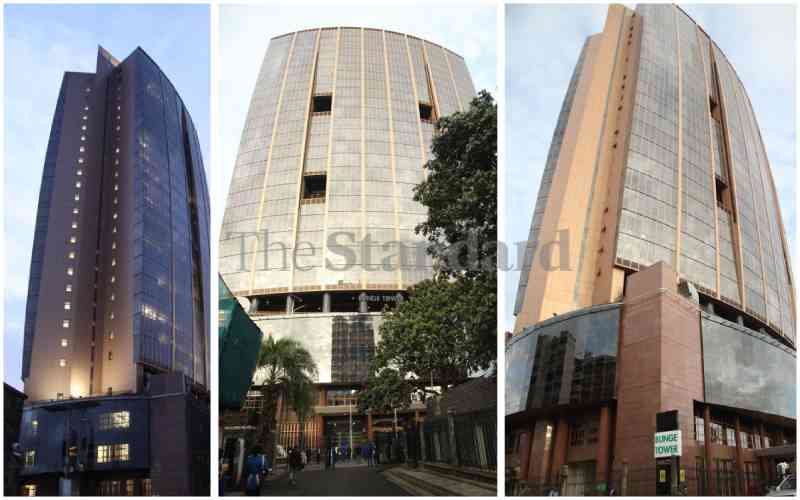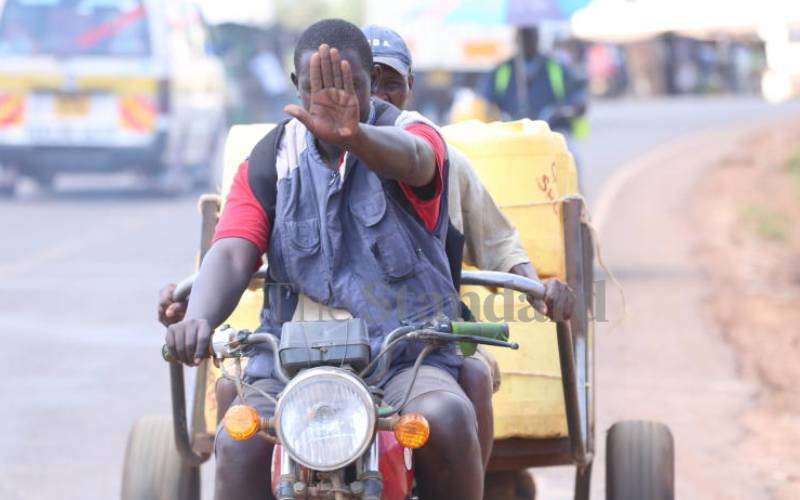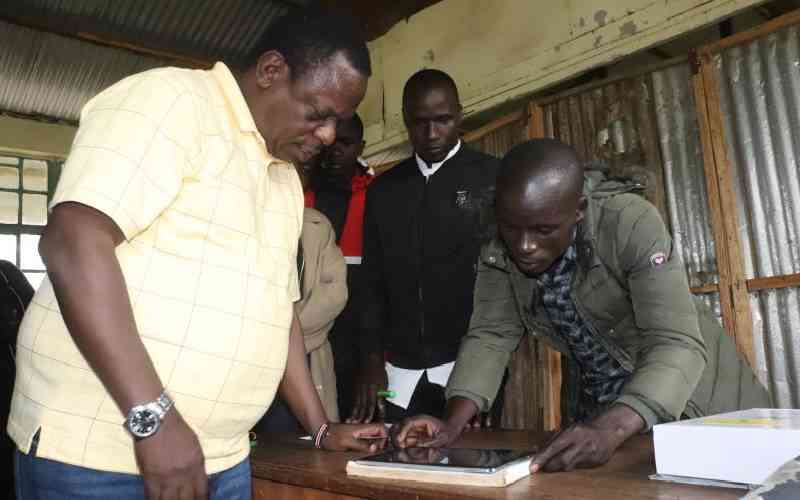Kim Jong Un has decided to show Donald Trump that the White House hasn’t cornered the market on drama, much less the Nobel Prize for bringing the two Koreas peace in their time. As the leader of a regime known for its bombast and abrupt about-faces, Kim’s threat to cancel their meeting in Singapore next month is par for the course in dealing with Pyongyang. But Kim also is sending a message: their agenda needs to go beyond his nuclear weapons and missiles.
Pyongyang has long said its nuclear weapons aim at deterring a US attack on North Korea. It would be wise to take Kim at his word. While Trump has said that eliminating the North Korean bomb and missile programs is the summit’s sine qua non, Pyongyang made plain this month that it has other goals, backhanding the idea of trading its nuclear arsenal for an end to economic sanctions or access to Western investment.
Trump’s focus on nuclear weapons – and his seeming willingness to put US forces on the negotiating table – is missing the North’s real leverage: hundreds of thousands of soldiers and firepower within easy striking distance of Seoul.
Strategic access
Kim wants a reduction in US forces that menace his regime, not only in South Korea but also in Japan and elsewhere around the peninsula. He’s not alone in reaching for the chance to put the US presence in Asia in play. His reconciliation with President Xi Jinping after five years of estrangement is ample evidence China sees the opportunity too. Beijing is extending its offshore military reach in order to raise the price of Washington’s strategic access to Asia. A US drawback from Korea would serve the goal well.
Trump is demanding that Kim shut down his weapons program, warning sanctions won’t budge until he complies. Pyongyang wants a mutual and phased approach, security guarantees, and a treaty ending the Korean war. North Korea has deployed two-thirds of its million-strong army within 60 miles of Seoul. Along with the manpower, 8,000 artillery systems and 4,000 tanks are dug into a reported 4,000 hardened sites north of the DMZ. Mechanized artillery and armor also are deployed just behind these front ranks. In addition to conventional munitions, the North’s forces possess hundreds of short- and medium-range missiles as well as fully developed chemical and biological weapons.
A strictly military calculus also misses the strategic point: even without nuclear weapons, the North Korean army holds Seoul hostage. With the vast majority of the North’s nearly 14,000 long-range guns and rockets near the DMZ, Seoul’s metropolitan area is well within range of the forward-deployed artillery.
Practical steps
With half of all South Koreans living in Seoul the challenge of protecting its 25 million residents is obvious. So, too, are the risks to the economy. Seoul generates 55 per cent of the nation’s GDP; hosts its leading universities, research centers and high tech firms; and is home to seven of Korea’s top 10 exporters. The implications of its vulnerability aren’t confined to the peninsula. As an example, South Korea produces 40 per cent of the world’s liquid crystal displays, 17 per cent of the world’s semi-conductors and 64 per cent of its memory chips; the impact on global markets if Samsung, SK Holdings or other production plants are damaged isn’t hard to imagine.
If Kim wants to talk about the 28,500 US troops in South Korea next month, the right place for Trump to begin is the conventional threat faced by the American soldiers and their South Korean counterparts. Nearly 20 years ago, the treaty on Conventional Forces in Europe laid out practical steps that reduced the risk of conflict created by similarly forward-deployed NATO and Warsaw Pact forces. A focus on Kim’s nuclear program shouldn’t be an impediment to applying its model. Trump has an opportunity to put the North’s conventional threat on the agenda. If the June 12 meeting happens, it’s a good place to start.
Mr Harrington, a former senior CIA analyst, served as National Intelligence Officer for East Asia, chief of station in Asia, and CIA’s director of public affairs
(Kipkoech Tanui’s column resumes next week)
 The Standard Group Plc is a
multi-media organization with investments in media platforms spanning newspaper
print operations, television, radio broadcasting, digital and online services. The
Standard Group is recognized as a leading multi-media house in Kenya with a key
influence in matters of national and international interest.
The Standard Group Plc is a
multi-media organization with investments in media platforms spanning newspaper
print operations, television, radio broadcasting, digital and online services. The
Standard Group is recognized as a leading multi-media house in Kenya with a key
influence in matters of national and international interest.
 The Standard Group Plc is a
multi-media organization with investments in media platforms spanning newspaper
print operations, television, radio broadcasting, digital and online services. The
Standard Group is recognized as a leading multi-media house in Kenya with a key
influence in matters of national and international interest.
The Standard Group Plc is a
multi-media organization with investments in media platforms spanning newspaper
print operations, television, radio broadcasting, digital and online services. The
Standard Group is recognized as a leading multi-media house in Kenya with a key
influence in matters of national and international interest.








